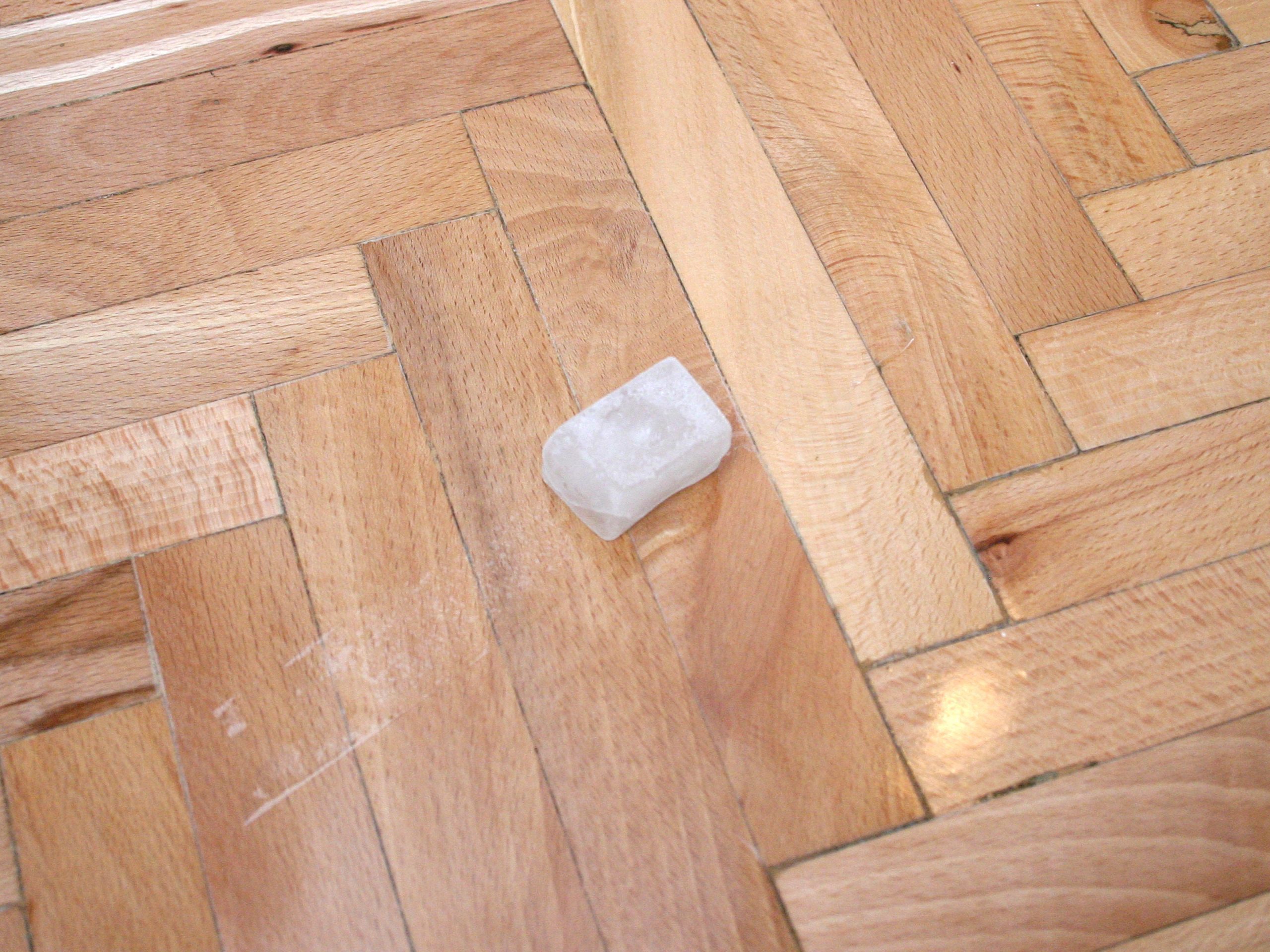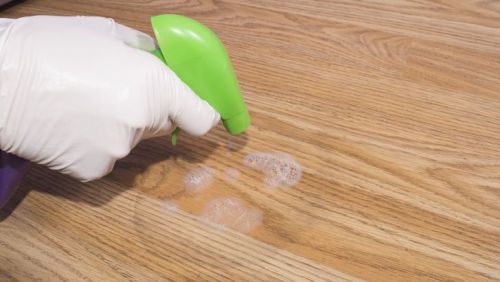
It doesn’t matter whether you’ve got new or old flooring in your home, you probably pay attention to its maintenance and want to make the best of it. It should look good for long and add charm to your flat. Probably the worst thing that can happen to a wood floor, apart from bending and warping, are stains.
Obviously, you should act as fast as possible to get rid of the spoilage, so that it doesn’t spread and is not absorbed into deeper floorboard layers. However, you often simply don’t know what to do and how to handle such a situation. In this article, we will present you with a handful of tips that may come in handy if you want to get rid of a stain on your hardwood floor.

Firstly, remember that stains are different and your approach should definitely be based on the type of a stain and on how serious it is. Sometimes you may need to reach for some more extreme measures, while on other occasions simple methods will suffice to resolve the problem.
Bear in mind that before taking any action whatsoever, you should always consider and assess the overall condition of the flooring, identify the stain type and determine how long it has been there. Only by doing so will you be able to take a well-thought-out decision on your further course of action.
Remember that as far as wood flooring is concerned, it is always better to prevent the development of stains than to struggle with removing them later on. Once again, remove any spills as soon as they occur – this can help you completely avoid the problem in the first place.
But, if it happened that you’ve found a stain, it would be best if you were able to determine its cause. By doing so, you’ll deal with it much more effectively.

In the case of stains caused by non-greasy food, sweets, warm water, beer or nail varnish the right product for cleaning wooden floors should be perfect if you manage to remove it fast enough. But, in the case where the stain has been caused by oily or greasy foods, ink or dye, first try to use cold water and an ammonia-based cleaner. If this fails, you will need to think about taking more serious measures.
If your floor is relatively new and has a good sealer on it, it’s very likely that stains will not get deeper than the board surface, thus making it much easier for you to tackle the problem. Surface deep stains usually require the use of a chemical-based floor cleaner, which does the job. In the case of older floors, which do not have a protective layer anymore, if all the above measures turn out to be ineffective, you may have no other option but to sand the stain back and then recoat the floor. Actually, if there is a significant number of stains on the floor, sanding back the entire floor and re-sealing it can be worth considering. In this way, you will not only avoid stains in the future, but also ensure your floor gets an additional protective layer.
| Mon-Fri | 8:00AM – 5:00PM |
| Saturday | 10:00AM – 4:00PM |
| Sunday | 11:00AM – 3:00PM |





.svg)
.svg)